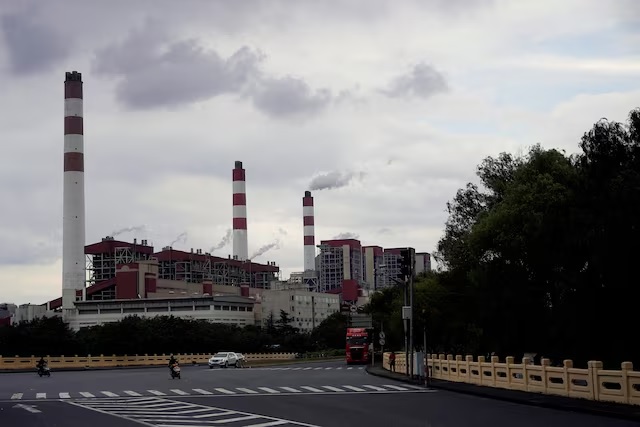GM LAYS OFF 3,300 U.S. EV WORKERS AS DEMAND COOLS AND POLICY SHIFTS

Why GM is cutting now
General Motors is laying off more than 3,300 workers at electric-vehicle plants across Michigan, Ohio and Tennessee. The automaker cited slower-than-expected EV adoption, pricing pressure from rivals, and uncertainty over U.S. policy incentives. Executives say the company will retool lines and balance output between hybrids, plug-ins and battery EVs to protect margins. The move underscores the industry’s bumpy transition: input costs have eased, but financing is dearer, and consumers remain sensitive to sticker prices, charging access and resale values. Fleet buyers are negotiating hard, and inventories are climbing for certain models.
What it means for the energy transition
The layoffs feed a broader debate over how to pace the shift from internal combustion to electrification. Advocates argue federal and state policies need steadier tax credits, faster permitting for chargers, and domestic battery supply chains to lower costs. Critics say targets have raced ahead of consumer demand. For workers, retraining is crucial—battery plants and power electronics need different skills and safety protocols than engine lines. For grid planners, demand growth remains real, but uneven by region. If GM’s reset improves model economics without abandoning EV leadership, it could keep long-term climate goals on track; if not, the gap between policy ambition and market reality will widen.






















